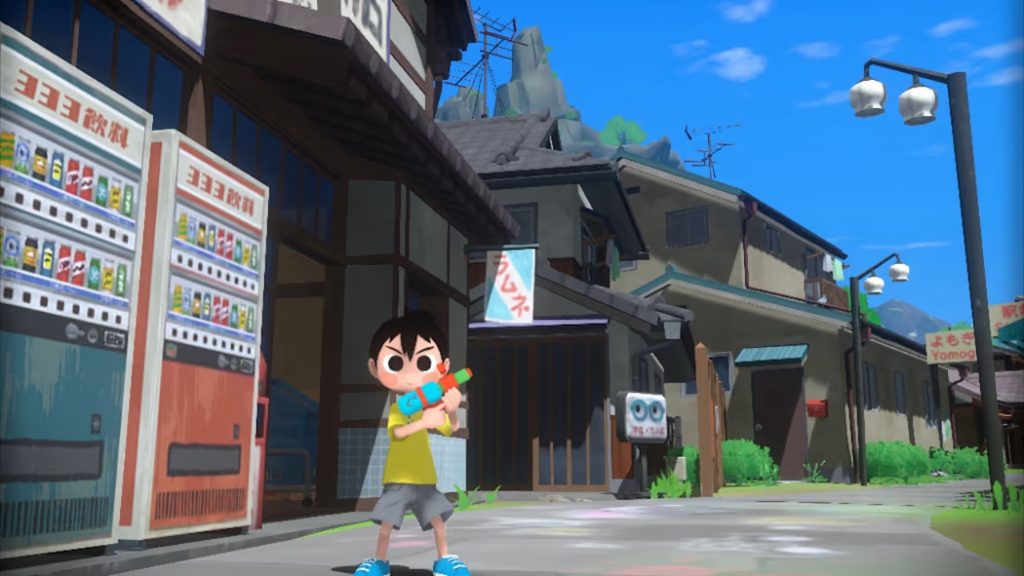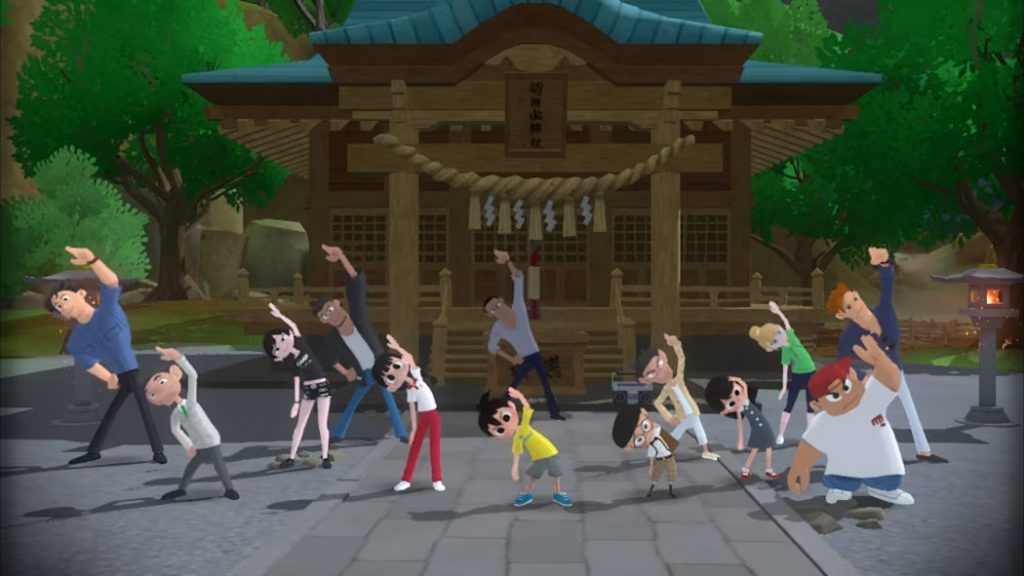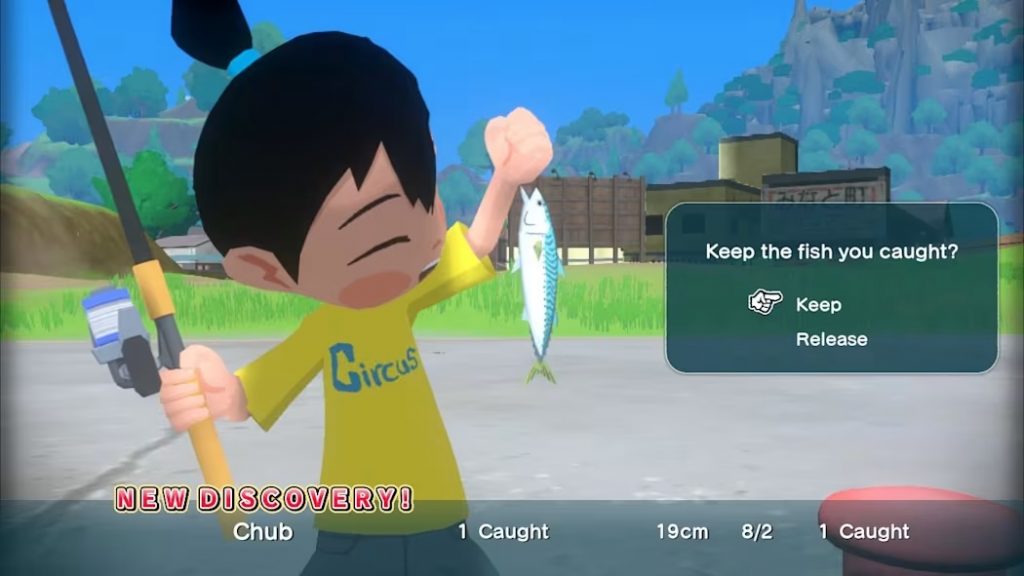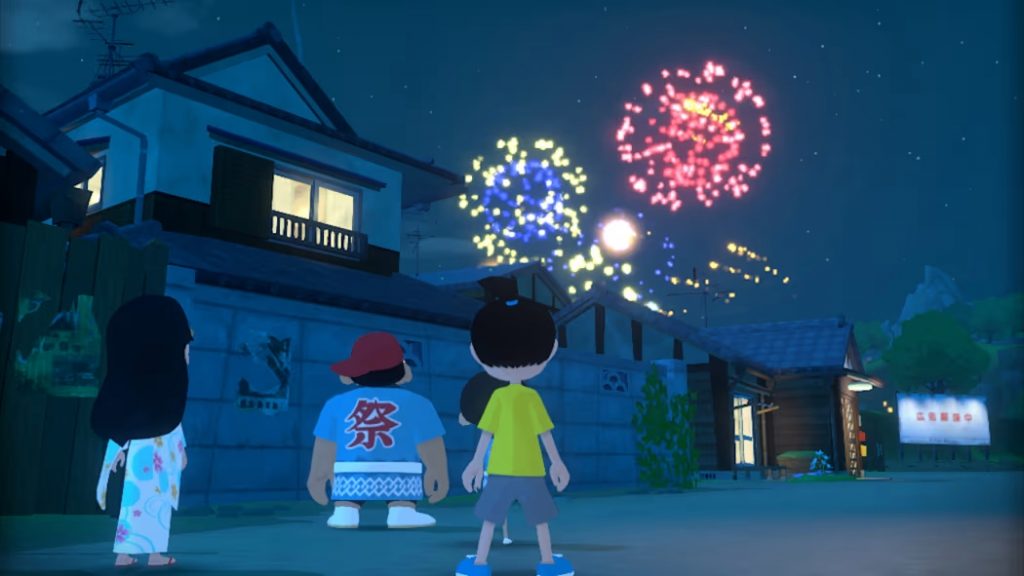Natsu-Mon: 20th Century Summer Kid Review (Switch)
Summary: Natsu-Mon: 20th Century Summer Kid is an amusing adventure game where you run around all summer and nothing is as important than what you want to do. Bounce on plants, explore caves, and kick a tree in this open world game where your freedom is the only thing that matters.
3.8
Conjunction Junction
The dog days of summer are almost over and the world is your oyster in this relaxing task management based trip during the final days of vacation. Natsu-Mon: 20th Century Summer Kid is an adventure game developed by Millennium Kitchen and TOYBOX Inc., published by Spike Chunsoft and released for Switch on August 6th of 2024. The co-developer Millennium Kitchen are the same devs behind the Japan exclusive Boko no Natsuyasumi series and while Natsu-Mon: 20th Century Summer Kid isn’t the next installment in that series, they share a similar structure, artstyle, and themes. A recent game that has come out that is in the same vein is Shin-chan: Me and the Professor on Summer Vacation -The Endless Seven Day Journey- where the flow of time ceases to exist and the main crux of the game is to have a good time. Catch bugs with your net, compete in a fishing competition, and simply enjoy the warm breeze of summer before school begins.
The game follows young Satoru, the son of a circus ringmaster, as he navigates the countryside of Yomogi Town. While your family figures out some odds and ends with their traveling circus troupe, you can use your spare time to fully immerse yourself in activities around the town and its beautiful surroundings. Listen to the music being played in the center of town, complete morning exercises, or help a local investigation group figure out some mysterious cases by scuttling from place to place before the sun sets. You can help others by completing tasks for them or you can help yourself by selling littered bottles and seashells to earn some extra money. Eventually, you can also contribute to the success of your family’s business. No matter what you do, time scorches the earth with its inevitability and the day will eventually end. Every night at 10 p.m., you must conclude your busy day by completing your nightly rituals of eating a meal with your family and writing in your journal before bed. The main story concludes on the last day of August so delight in the fact that you can even bask in the sweet heat of the summer sun and take part in the amusement.
As Satoru, you can walk, dash, jump, climb, and interact with things around the world. Completing quests like catching a particular amount of bugs will give you a sticker. Having more stickers means you can dash longer and climb higher so there’s actual incentive to run around, talk to people, and interact with the world. You have a net to catch bugs or if you sneak up on them, you can sometimes catch them with your hands. You can fish using different sinkers and bait and digging in suspicious holes might give you some fishing bait or a mysterious item you can get appraised at the museum.
There is so much to do in the game and it really feels like you are a kid just rummaging through an easy-going vacation. Doing one thing isn’t necessarily more important than doing something else and if anything just adds more replay value to the game. Part of the structure is casually going through the days and figuring out what you can actually do and discovering when people aren’t busy during the day. A second run of the game with the knowledge you receive on the first can produce a totally different playthrough. There is a time management aspect to the game, but it has very low stakes. You can even go into the settings to adjust the days to make them longer or shorter if you want to either spend more time completing goals or to go ahead and end a day as fast as possible so you can start the next. You can kick trees to collect acorns and climb houses to find hidden rooftop treasures. You can spend an entire day swimming, catch a train to the other side of town, or play games with a spirit friend. Every unique action that you do will be written in your journal and it’s cool to see and look back on all of your pursuits.
The game has a lot of rich and graphically pleasing looking environments. There’s a harbor, a lighthouse, and a construction area to name a few. Rows and rows of flowers sway on a hillside and crabs dance along the shore blanketed by the silky blue water. The game looks great and has a sublime art style that is both delicate and comprehensive. The cartoon-like graphics match the game’s tranquil vibe and narrative direction. The audio design in Natsu-Mon: 20th Century Summer Kid equally matches the game design tonally. A lot of the music is reposeful and gets you hyped for your adventure. Characters have cute voices and express their thoughts and emotions with quick grunts.
Final Thoughts?
Natsu-Mon: 20th Century Summer Kid is a quirky game where every second counts and doesn’t at the same time. It’s a game about the pure wonder of being a child and the conundrums you may find yourself in just exploring around and getting into stuff. Just like real summer, even though you are having fun, time is still going by so eventually you’ll have to take up your responsibilities and tackle important duties. The game is an unwinding and gratifying experience filled with summertime jollification.













